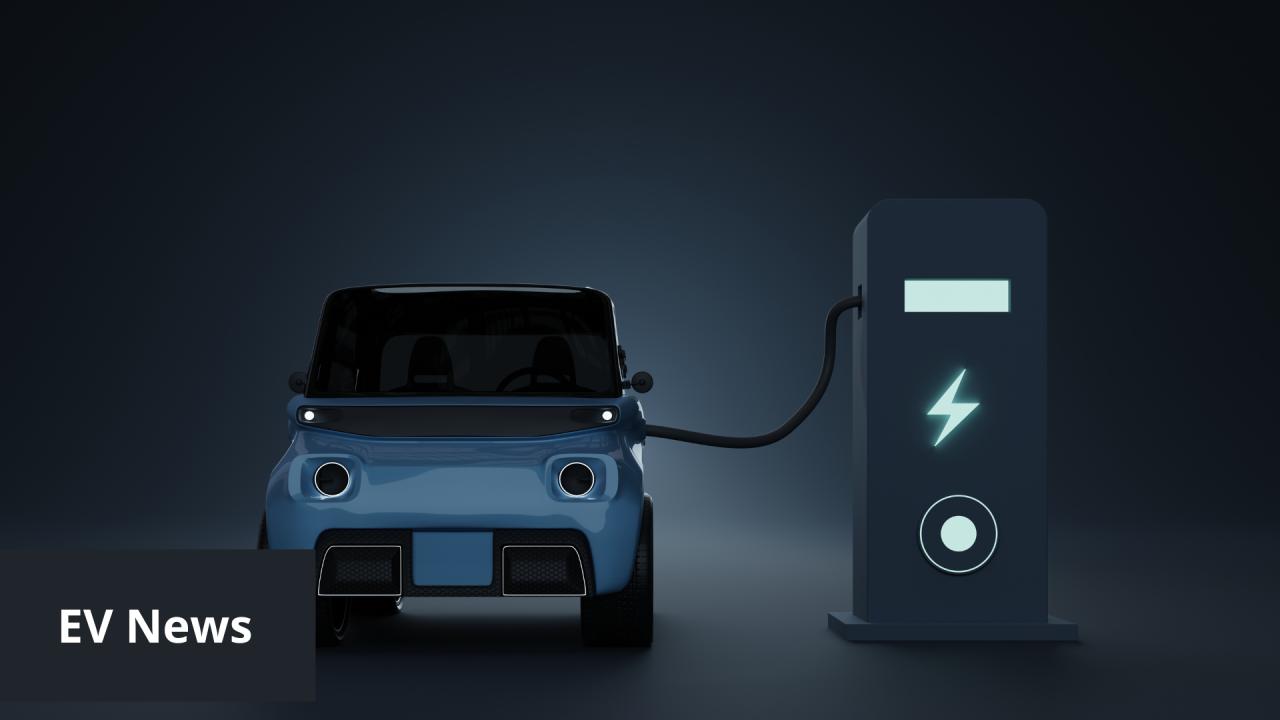BMW is embarking on an innovative journey to redefine its vehicle design strategy, ensuring that both electric and gasoline models share a unified aesthetic. The bold move was announced during a media roundtable at CES 2025 in Las Vegas, where BMW's chief development officer, Frank Weber, emphasized the importance of maintaining a consistent design language across all vehicle types. This approach signifies a departure from the traditional practice of distinguishing electric vehicles (EVs) through futuristic designs.
A Singular Vision for All Models
Weber articulated that the essence of a BMW should not be dictated by its powertrain. He highlighted the automaker's commitment to a singular design ethos, regardless of whether a car is powered by an internal combustion engine (ICE) or a battery-electric system. This philosophy is evident in BMW's upcoming Neue Klasse EVs, which will share their design framework with future gasoline models. The goal is to avoid making one type of vehicle appear more modern or advanced than the other.
Breaking Away from Traditional Norms
Historically, BMW's early ventures into electric mobility, such as the i3 and i8 models, showcased distinct and futuristic designs that set them apart from their gasoline counterparts. However, this resulted in a perception of disconnect between different vehicle types. By blending the design language across all models, BMW aims to create a cohesive brand identity that resonates with consumers looking for both innovation and familiarity in their vehicles.
The Advantages of Unified Design
The decision to adopt a unified design approach offers several benefits. It simplifies the production process by reducing the need for separate design strategies for ICE and EV models. Additionally, it strengthens brand identity, making it easier for consumers to recognize and trust the BMW brand across different types of vehicles. This strategy also positions BMW as a leader in redefining how automakers can approach design in an era where electrification is becoming increasingly prevalent.
Looking Back to Move Forward
Reflecting on past design choices, Weber acknowledged that separating EV designs from traditional gasoline vehicles might have been one of the industry's significant missteps. By learning from these experiences, BMW is paving the way for a new era where design unity takes precedence over differentiation based on vehicle technology.
This strategic shift underscores BMW's commitment to innovation while respecting its heritage of creating vehicles that are instantly recognizable and consistently appealing. As the automotive industry continues to evolve, BMW's approach could set a new standard for how automakers integrate electric vehicles into their existing lineups without losing their brand essence.
Zdroj: Greencarreports
